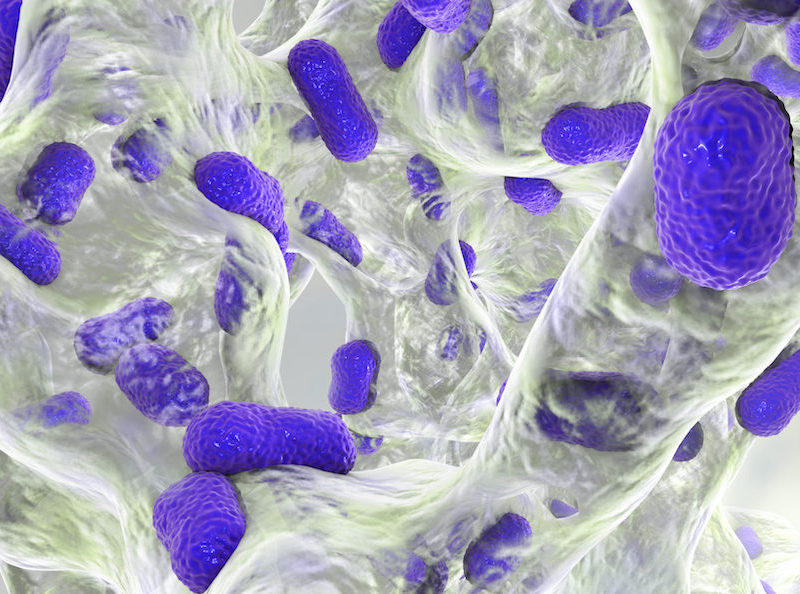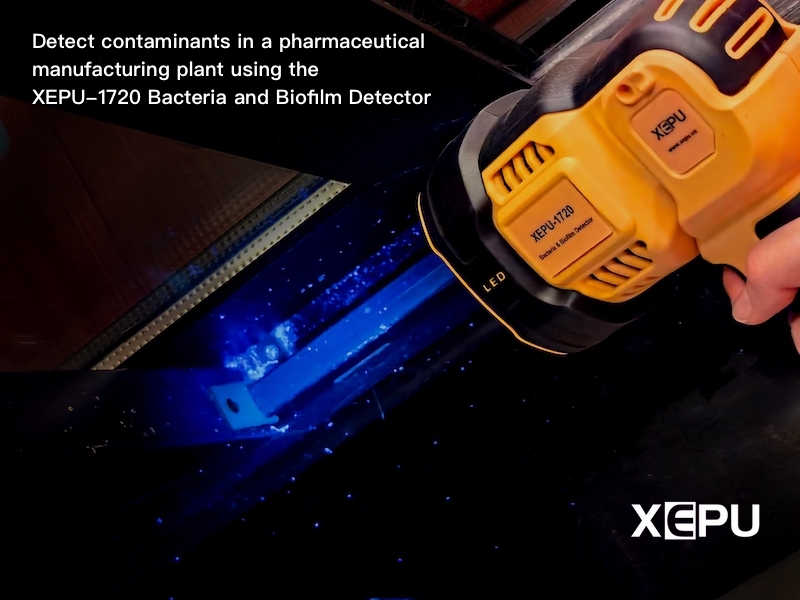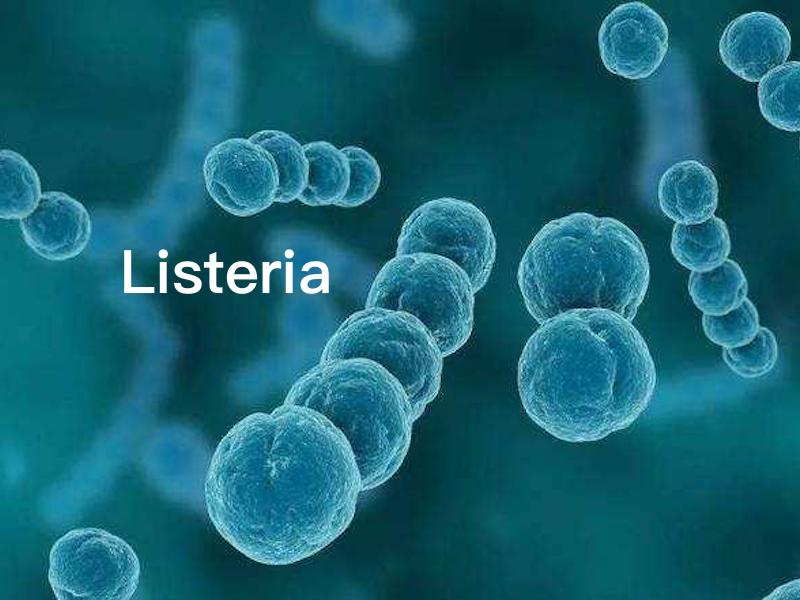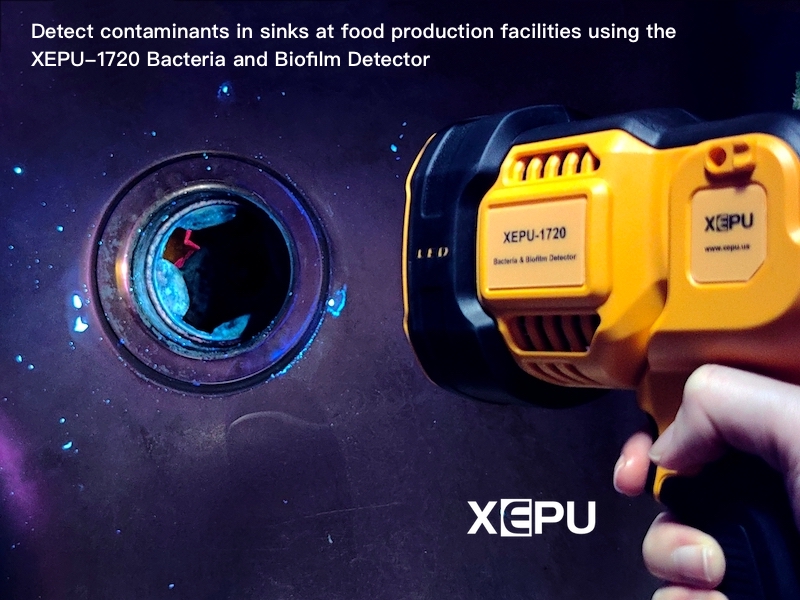Detect GFP in Blueberry Leaves Using GFPfinder-2101RB
Blueberry
Blueberry is a widely distributed and widespread group of perennial flowering plant with blue or purple berries. Commercial blueberries—both wild (lowbush) and cultivated (highbush)—are native to eastern Canada and the eastern and southern United States, and have been introduced in Japan, China, New Zealand, and Europe. The highbush varieties were introduced into Europe during the 1930s.
Although blueberry genetic improvement by genetic transformation methods is suitable, the process of breeding blueberries remains limited, due to high heterozygosity and the difficulty of regaining special traits from parent plants, as traditional methods are time-consuming and inefficient. The Agrobacterium tumefaciens-mediated transformation method has been extensively used in plant transformation. It provides a powerful solution to increase breeding efficiency and improves the economic traits of blueberries, including fruit quality, yields, nutrient content, stress resistance, and the flowering phase. Adventitious shoot regeneration systems and A. tumefaciens-mediated transformation methods of leaf explants have been reported for several blueberry cultivars. Some blueberry transgenic lines have shown the ability to survive low temperatures or to flower precociously or persistently.
Detect GFP in Blueberry Leaves Using Fluorescence Flashlight GFPfinder-2101RB
Fluorescence Flashlight GFPfinder-2101 provides high-intensity, large-area excitation light which can be used to detect fluorescent proteins in blueberry leaves, seeds and roots. Fluorescence Flashlight GFPfinder-2101 is lightweight and portable. Researchers may take it to the field or greenhouse for on-site detection, without picking leaves.
To detect the expression of green fluorescent protein (GFP), turn on Fluorescence Flashlight GFPfinder-2101RB, and illuminate blueberries. The GFP expression can be directly observed with the naked eye. Researchers can then quickly screen GFP positive samples. Fluorescence Flashlight GFPfinder-2101 can also detect fluorescent proteins in animals, callus tissue, microorganisms and cells.
Photo below: GFP fluorescence in blueberry leaves detected by Fluorescence Flashlight GFPfinder-2101RB (photo provided by Chinese Academy of Sciences)
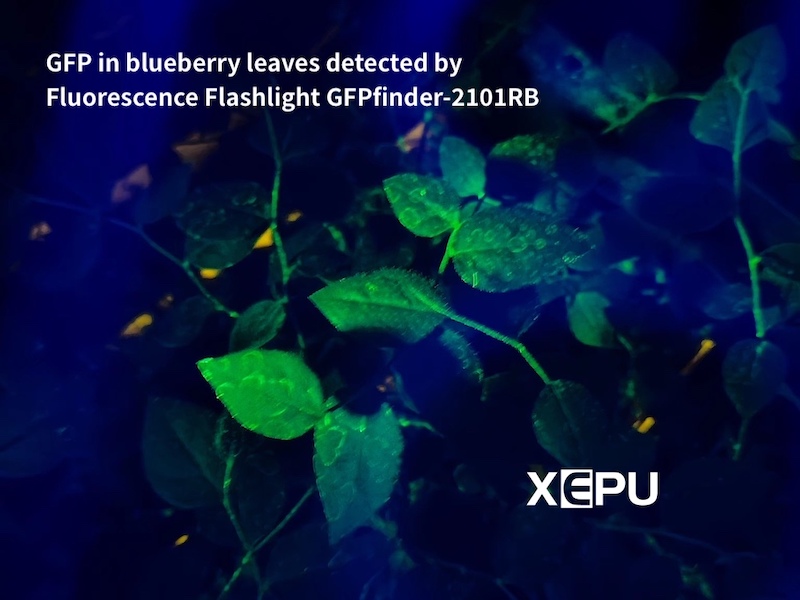
Photo below: GFP Fluorescence Flashlight GFPfinder-2101RB

XEPU Scientific manufactures a range of fluorescent protein lamps, including fluorescence flashlight GFPfinder-2101, handheld fluorescent protein lamp GFPfiner-2103, and fluorescence viewing cabinet GFPfinder-2106.

